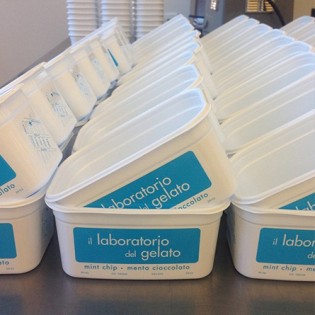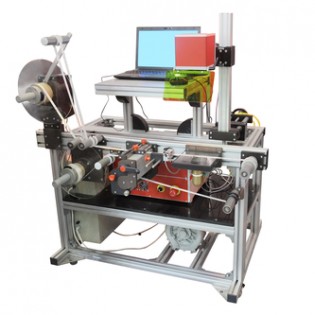Food labeling is one of the most scrutinized aspects of trade in the world. This is so mostly because humans are extremely cautious with what they eat. It therefore does not come as a surprise that food labeling is just as scrutinized as it is regulated. Strangely, this trend is not about to die anytime soon with laws coming up every other day in a bid to ensure food products are labeled to a ‘near perfect’ state. But despite all the regulations and scrutiny around food product labeling, manufacturers still make labeling mistakes. Here’s a list of some of the most common labeling mistakes they make.
Illegible Portions
You must have come across food products that feature portions that are illegible. While this may sound like a mistake you can easily ignore, it may end up costing you more than you expect. Consumers today are an informed lot. They want to know each aspect of whatever they buy. Having illegible portions on your product will therefore mean that your product will not make enough movement in the market place as it should. This mistake alone can be more disastrous if some words on your product are completely unreadable. Two things can happen. Your product can be recalled or it can cause harm to consumers. The solution is simple. Make your labels legible.
Inaccurate Labeling Of Ingredients
This is yet another common mistake manufacturers make. Single ingredients should at all times be listed by their common names. List each ingredient as well as its sub-ingredient. Be sure to also avoid trade names or abbreviations on your product nutrition panel. Be extra cautious if you’re using oil in your recipes. List specific type of oil you use. If for instance you use extra virgin oil, list it as such as opposed to just oil.
Nutrition Fact Problems
This has been a problem in the food and pharmaceutical industry for a long time. To avoid the mistake, be honest. Then be sure of the fact you intend to list on the nutrition label. Remember when it comes to food and drug packaging, nothing is obvious. Be clear on factors such as serving size as well as savings per container. Your reference amounts should also be accurate. You may not notice this at first but failing to accurately capture nutrition facts when labeling your product can easily hurt your brand. This may then force you to spend more in PR and marketing in a bid to convince consumers about the safety of your products.
Wrong Fonts
This happens with labeling service providers trying to be too artistic or creative. Always test your food labels for readability before releasing your product to the market. You should in particular be extra careful with not just the aforementioned mistakes but also other areas such as the expiry date and even the bar code. Focus too on other factors alongside font. Make sure color contrast is perfect if not good. Make sure too directions for use are clearly written in a language or languages your target market can understand.







